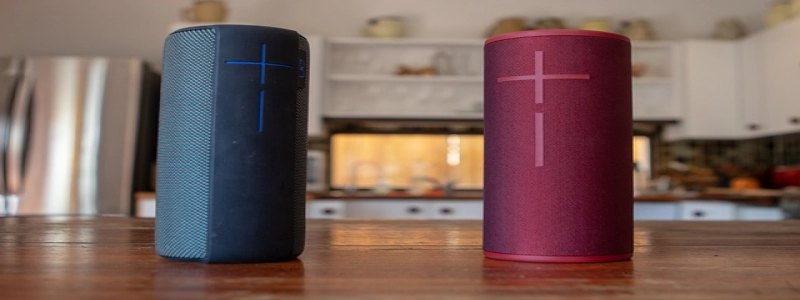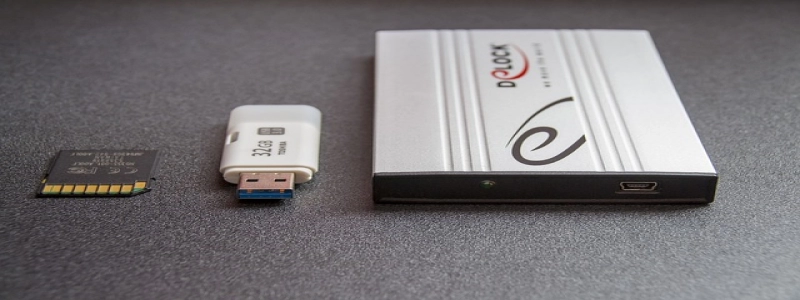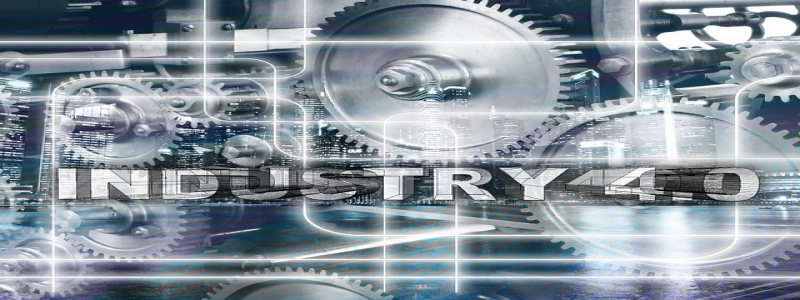Waterproof Ethernet Port
1. Introduction
1.1 Definition
1.2 Importance
2. Features of Waterproof Ethernet Port
2.1 Waterproof Design
2.2 Durability
2.3 Enhanced Connectivity
3. Applications of Waterproof Ethernet Port
3.1 Outdoor Surveillance Systems
3.2 Industrial Automation
3.3 Marine Applications
4. Choosing the Right Waterproof Ethernet Port
4.1 IP Rating
4.2 Material Quality
4.3 Connector Type
5. Installation of Waterproof Ethernet Port
5.1 Placement Considerations
5.2 Proper Sealing Techniques
6. Maintenance and Troubleshooting
6.1 Regular Inspections
6.2 Cleaning and Drying
6.3 Common Issues and Solutions
7. Conclusion
1. Introduction
1.1 Definition
A waterproof Ethernet port is a specialized network connection point designed to withstand exposure to moisture, water, and other environmental elements. It enables reliable and secure data transfer over Ethernet cables in wet and harsh conditions.
1.2 Importance
In various industries, such as outdoor surveillance systems, industrial automation, and marine applications, having a waterproof Ethernet port is crucial. It ensures the uninterrupted flow of data and prevents costly downtime due to water damage.
2. Features of Waterproof Ethernet Port
2.1 Waterproof Design
A waterproof Ethernet port features a protective casing or enclosure that effectively seals off the internal components from water and moisture. It may have rubber gaskets, o-rings, or other sealing mechanisms to provide a tight and reliable seal.
2.2 Durability
These ports are typically made from high-quality materials, such as stainless steel or corrosion-resistant plastics, to ensure long-lasting performance even in challenging environments. They can withstand exposure to UV rays, extreme temperatures, and physical impacts.
2.3 Enhanced Connectivity
Waterproof Ethernet ports often come with features like shielded connectors to provide enhanced connectivity and reduce signal interference. They can maintain reliable data transmission even in noisy or disruptive environments.
3. Applications of Waterproof Ethernet Port
3.1 Outdoor Surveillance Systems
Waterproof Ethernet ports are essential for outdoor surveillance systems, where cameras and other devices are exposed to rain, snow, and humidity. They enable real-time video streaming and remote monitoring without compromising data integrity.
3.2 Industrial Automation
In industrial settings, waterproof Ethernet ports are used to connect various machinery, sensors, and control systems. They ensure continuous data transmission for efficient automation processes in challenging environments, such as factories and manufacturing plants.
3.3 Marine Applications
Marine applications, including offshore platforms, ships, and port terminals, require reliable and rugged network connections. Waterproof Ethernet ports are utilized in these settings to enable seamless communication and data transfer, even in wet and corrosive conditions.
4. Choosing the Right Waterproof Ethernet Port
4.1 IP Rating
The IP (Ingress Protection) rating indicates the level of protection against solids and liquids. Look for a waterproof Ethernet port with a high IP rating, such as IP67, for adequate protection against water and dust.
4.2 Material Quality
Opt for ports made from durable materials, such as stainless steel or high-grade plastics, to ensure resistance to corrosion and physical damage. Quality materials enhance the overall lifespan and performance of the port.
4.3 Connector Type
Consider the connector type needed for your specific application, such as RJ45 or M12. Ensure compatibility with your existing network equipment and select a connector that provides a secure and reliable connection.
5. Installation of Waterproof Ethernet Port
5.1 Placement Considerations
Properly assess the location where the waterproof Ethernet port will be installed. Ensure it is placed in an area protected from direct exposure to water and environmental factors that may compromise its performance.
5.2 Proper Sealing Techniques
Follow the manufacturer’s instructions for sealing the port to ensure a watertight connection. This may include using appropriate sealing tapes, silicone, or other sealing materials to prevent water ingress.
6. Maintenance and Troubleshooting
6.1 Regular Inspections
Perform regular visual inspections to check for any signs of damage, corrosion, or loose connections. Promptly address any issues to prevent further damage and ensure continued data transmission.
6.2 Cleaning and Drying
Clean the waterproof Ethernet port regularly to remove any dirt, debris, or moisture that may affect its performance. Use non-abrasive cleaning agents and ensure complete drying before reconnecting.
6.3 Common Issues and Solutions
Common issues with waterproof Ethernet ports include loose connections, water ingress, and signal interference. Refer to the manufacturer’s guidelines for troubleshooting steps or consult a professional if needed.
7. Conclusion
A waterproof Ethernet port is a valuable component for industries requiring reliable network connectivity in wet and harsh environments. By considering the features, applications, selection criteria, installation techniques, and maintenance guidelines mentioned above, you can choose, install, and maintain a waterproof Ethernet port effectively to ensure uninterrupted data transfer and avoid costly downtime due to water damage.








